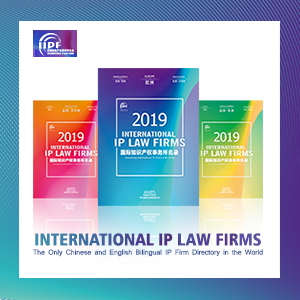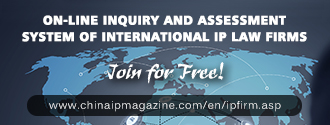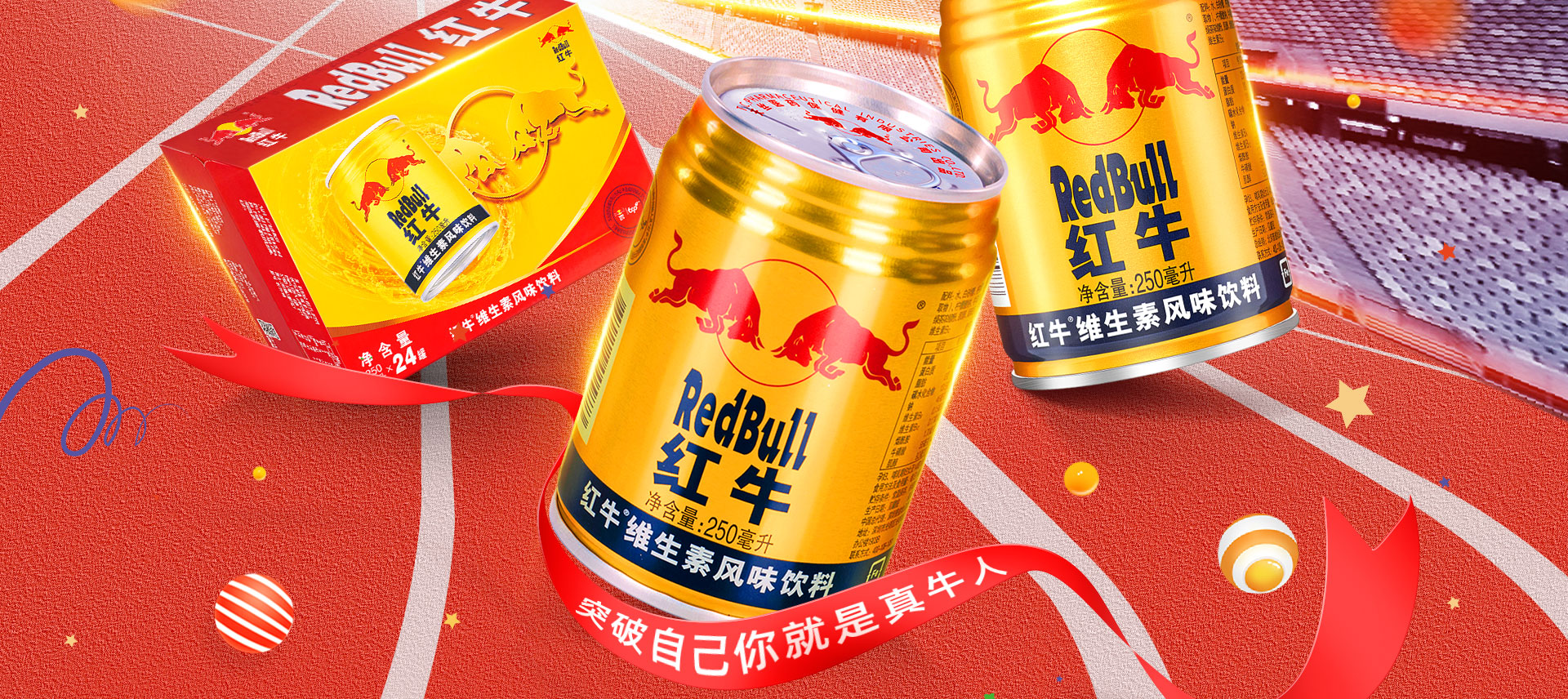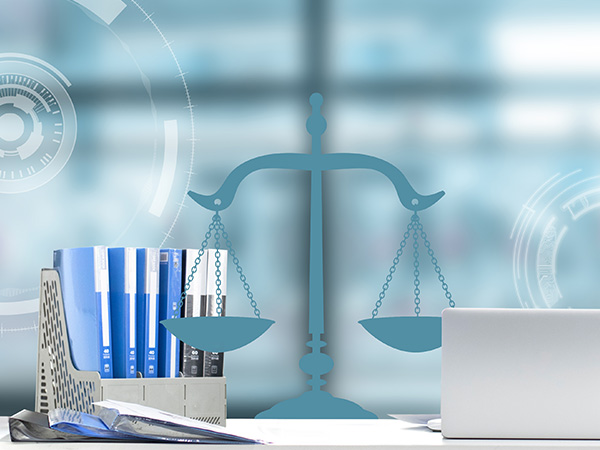
Part IV of the Russian Civil Code governs legal protection of inventions and utility models. Russia is a member of the World Trade Organization, the World Intellectual Property Organization, the Paris Convention for the Protection of Industrial Property, the Patent Cooperation Treaty (PCT), the Patent Law Treaty, the Eurasian Patent Convention (EAPC), and a number of other international patent law treaties.
A patent for an invention or a patent for a utility model confers exclusive rights to the patent holder to an invention or utility model, respectively. The Russian patent office (Rospatent), grants patents after examining applications for inventions or utility models. During the examination, the compliance of the inventions or utility models to patentability requirements is checked.
Official patent fees are collected for filing applications, performing patent examinations, issuing patents, and maintaining patents in force.
Rospatent is based in Moscow. It is subordinated to the Russian Ministry of Economic Development. Rospatent's structure includes the Federal Institute of Industrial Property (FIPS), whose experts conduct patent examinations and review objections from applicants against refusal to grant patents, as well as third-party objections against validity of granted patents.
Rospatent publishes information regarding applications and patents in its electronic bulletins and registries at https://www.fips.ru/publication-web/?lang=en and https://www.fips.ru/registers-web/.
The Intellectual Property Court in Moscow hears disputes against Rospatent regarding patent issuance or validity.
In Russia, inventions can also be protected by a Eurasian patent granted by the Eurasian Patent Office (EAPO) under the Eurasian Patent Convention. A Eurasian patent is valid in all eight EAPC member countries: Armenia, Azerbaijan, Belarus, Kazakhstan, Kyrgyzstan, Russia, Tajikistan, and Turkmenistan. A Eurasian patent provides the patent holder with the same rights in Russia as those of a Russian patent, and these rights are protected in Russian courts in the same way as those based on a Russian patent.
When patenting their inventions through Rospatent or the EAPO, foreign applicants must appoint a Russian or Eurasian patent attorney as their representative.
In Russia, an invention is defined as a technical solution for a method or product in any field of technology, including biology and medicine. Products may comprise devices, substances, biological items like microorganism strains, and plant or animal cell cultures.
An invention is considered patentable if it is industrially applicable, novel, and meets the inventive step criterion in relation to the world state of the art.
A patent for an invention is valid for 20 years from the date of filing the application with Rospatent, and - for Eurasian patents - from the date of filing the application with the Eurasian Patent Office. The term of a Russian or Eurasian patent issued under the PCT procedure is counted from the international filing date.
Russian and Eurasian patents for pharmaceuticals, pesticides, and agrochemical inventions can be extended for a maximum of 5 years under certain conditions.
Third partis may use a patented invention only with the patent holder's consent. The patent holder has the right to prevent third parties from utilizing his invention or to permit its use under a license agreement, as well as to assign the patent through an assignment agreement.
In case of unauthorized use of a patented invention by third parties, the patent holder has the right to demand, through legal action, termination of such usage and seek damages or, instead of damages, compensation of up to 5 million rubles.
A patented invention is regarded to be used in a product or process if the product includes or the process uses every feature of the invention listed in the independent claim of the patent, or an equivalent feature known as such in the relevant field of technology by the priority date of the invention.
Device-related technical solutions can also be protected in Russia as utility models.
A utility model is patentable if it is both industrially applicable and novel, just like an invention. However, unlike an invention, it does not have to meet the criterion of inventive step, and its novelty is assessed only with respect to its essential features. As a result, the requirement for a utility model's creative level is slightly lower than that of an invention.
A Russian patent for a utility model is valid for ten years from the date of filing the application with Rospatent or, if patented using PCT processes, from the international filing date.
The patent holder of a patented utility model has the same rights as the holder of a patented invention described above. The unauthorized use of a patented utility model carries the same liability as infringement of an invention patent.
A utility model is considered to be used in a product if the product incorporates all of the features listed in the independent claim of the utility model patent. That is, unlike inventions, the doctrine of equivalents does not apply to the use of a utility model.









